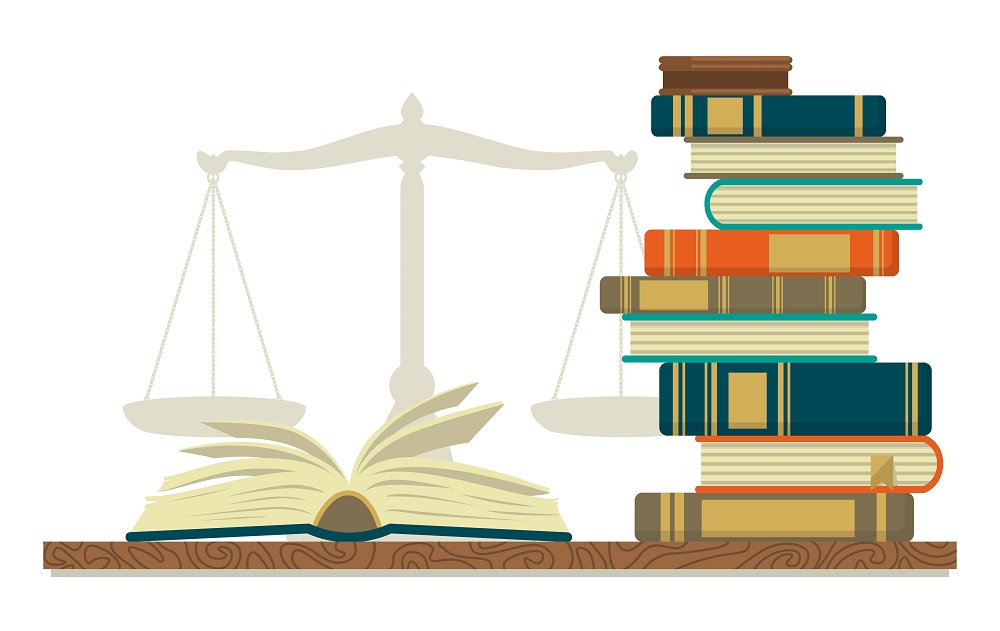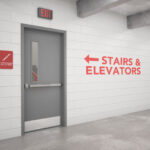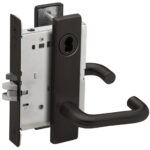 I love when the answer to a Quick Question is specifically addressed in the model codes and/or referenced standards. This question recently hit my inbox:
I love when the answer to a Quick Question is specifically addressed in the model codes and/or referenced standards. This question recently hit my inbox:
When a model code references a standard, and the two documents include different requirements, which publication takes precedence?
Here’s an example. NFPA 80 – Standard for Fire Doors and Other Opening Protectives allows fire doors to be tested in accordance with one of three test standards: NFPA 252, Standard Methods of Fire Tests of Door Assemblies, UL 10B, Fire Tests of Door Assemblies, or UL 10C, Positive Pressure Fire Tests of Door Assemblies. NFPA 80 does not state whether positive pressure testing is required.
However, the International Building Code (IBC) requires side-hinged and pivoted swinging fire door assemblies to be tested in accordance with NFPA 252 or UL 10C (UL 10B is not mentioned in the IBC). When an assembly is tested in accordance with NFPA 252, the IBC requires the standard’s positive pressure test method to be used. The IBC’s requirement for positive-pressure tested fire door assemblies would take precedence over what is stated in NFPA 80.
The section addressing conflicts between the codes and standards is found in Chapter 1 of the I-Codes. In Part 1 – Scope and Application, Section 102 is called Applicability. This section states: Where conflicts occur between provisions of this code and referenced codes and standards, the provisions of this code shall apply.
Note that because the referenced standards typically include more detailed requirements related to a particular topic, it is very common for information to be found in the standard and not in the code. For example, the IBC includes this general requirement for the installation of fire door assemblies: Opening protectives required by other sections of this code shall comply with the provisions of this section and shall be installed in accordance with NFPA 80.
NFPA 80 – Standard for Fire Doors and Other Opening Protectives includes prescriptive requirements related to fire door assemblies, including the following: Upon completion of the installation, door, shutters, and window assemblies shall be inspected and tested in accordance with 5.2.4.
Although the initial post-installation fire door inspection is not specifically referenced in the IBC, it is required by NFPA 80. This would not be considered a conflict between the code and the referenced standard. In some cases the opposite may occur, where a requirement found in the code is not addressed in the applicable standard. Again, this would not be a conflict.
Any questions?
You need to login or register to bookmark/favorite this content.










The ICC Code tells you to do something, the NFPA Standard tells you How to do it!
What Kevin says seems to be a good way to think about it. Where I have had this issue (just a couple), I take it up with the AHJ and get a written response.
Wonder how many times this has happens. Also, I believe the codes have specific methods of addressing these kind of issues, no?